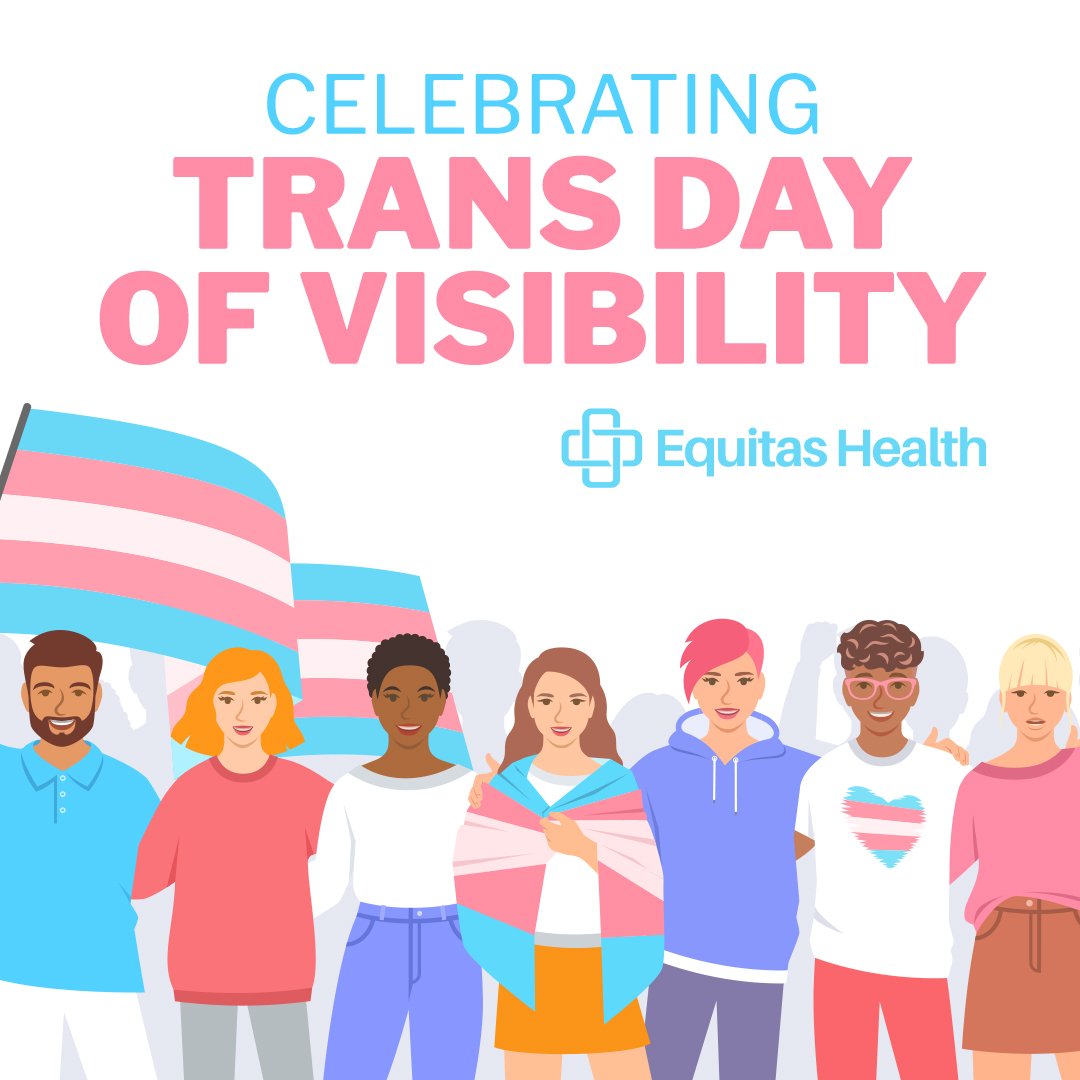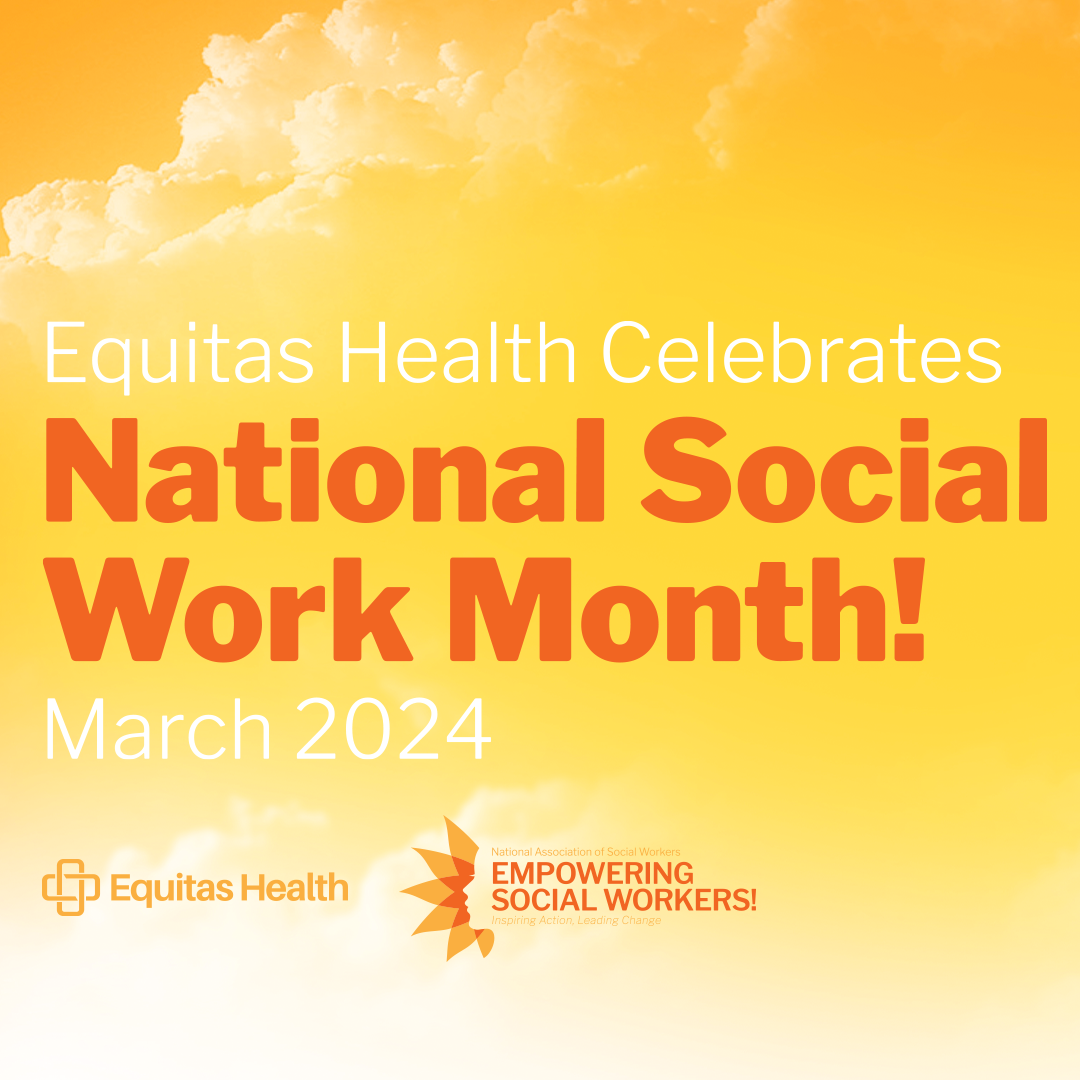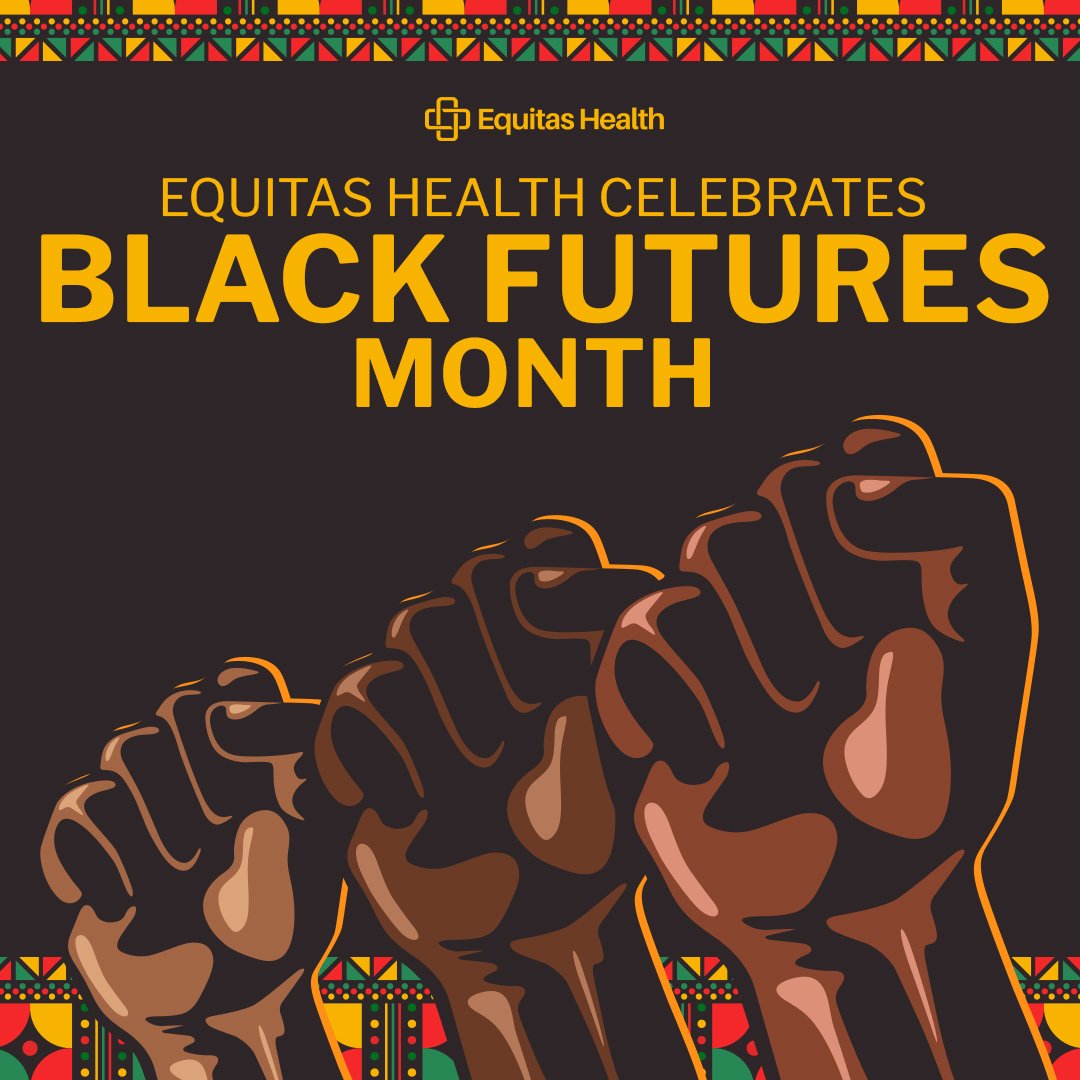Blog 4/14/21
In response to the escalating effect of systemic barriers to health and wellbeing of marginalized populations, the Franklin County Board of Commissioners declared in May 2020 racism to be a public health crisis (Franklin County Board of Health, 2020). The declaration proclaimed that “racism and segregation in Ohio and Franklin County have exacerbated a health divide”. Ohioans who are racial or ethnic minorities often have lower wealth, socioeconomic status, and education attainment, and herein lies the early factors for many health barriers. The declaration placed an emphasis that “race is a social construct with no biological basis”, and stated that there exist substantial studies that had linked racism to worsened health outcomes. (Franklin County Board of Health, 2020).

Blog 3/29/24
Equitas Health is pleased to announce that a collective bargaining agreement has been reached with Equitas Health Workers United Local #6609. Members of the bargaining unit voted this week, and the result was resounding support for ratification of the agreement.

Blog 3/25/24

Blog 3/1/24

Blog 2/27/24

Blog 2/26/24

Blog 1/30/24
In the 2019 America’s Health Rankings Annual Report by the United Health Foundation, Ohio ranked 38th among all 50 states in America, which is the lower-end of the 75th quantile (American’s Health Rankings, 2020). For the same year, Health Policy Institute of Ohio ranked Ohio 46th on health value, based on measures of population health and health care spending. They estimated that in Ohio, African American young students are nearly 5 times more likely to attend a high poverty school with lower graduation rates, compared to their white counterparts. Moreover, it is estimated that if the gap between African American and the White Ohioans was eliminated, nearly 79,000 African American Ohioans would live in higher quality housing (Health Policy Institute of Ohio, 2019). High residential segregation and health disparities among vulnerable populations are two common contributing factors to Ohio’s poor health outcomes. Ohio ranked the eighth worst for black-white segregation in residential areas among all states in the U.S.A., and Cleveland and Cincinnati are the “two of the most segregated communities in the nation” (Woodrum & Krokos, 2018). Segregation amplifies the negative impacts of poverty on health, and feeds the loop of generational poverty, creating a number of unhealthy conditions for neighborhoods in poverty, such as violence, limited educational and employment opportunities, and high level of constant chronic stress.
African American Ohioans notoriously have a higher rate of infant mortality and lower birth weights, which possibly have directly led to Ohio ranking 44th in infant mortality rate in 2019 (Health Policy Institute of Ohio, 2019). Among the Hispanic/Latinx population, they are three times more likely to attend a high-poverty school and to be uninsured, compared White Ohioans (Health Policy Institute of Ohio, 2019). A journal article published in 2014 found that toxic chronic stress was associated with a “racism and that subtle experiences of racial and ethnic bias” was associated with elevated blood pressure and hypertension (Hicken et al., 2014). All these findings imply that the negative health outcomes because of racism goes beyond economic factors.
A report by Policy Matters Ohio concluded that the health disparities between African Americans and White Ohioans are often more significant than that between Ohioans with lower and higher income (Woodrum & Krokos, 2018). The most recent example of the implications of racism on health inequality is highlighted by the COVID-19 pandemic. As of March 2021, about 14% of Ohio’s population is African American but they made up 18% of COVID-19 hospitalizations (Ohio Department of Health, 2021). One year into the epidemic and four months after the first emergency use vaccine authorization (December 2020), only 7% of vaccine recipients are African Americans nationally (Ndugga et al., 2021).
Racism is endemic and institutionalized. The declaration shows that the health leaders in Ohio are committed to addressing this long-existing cycle of racial health divide by implementing effective health policies, in pursuit of better health for the Black, Indigenous and People of Color (BIPOC) communities. Ohio has not been among one of the healthiest states, and clearly structural racism acts as a catalyst for Ohio’s poor health. In the end, the crisis of racism on BIPOC is well documented but the disparities persist. Most would want to believe that healthcare is a basic right and not a privilege, however, reality and the data of Ohioan’s health suggest otherwise. Ohio has work to do and in particular, Franklin County wants to be a part of the solution. With equity as a foundation of the declaration, Franklin County seeks to dismantle racism and the BIPOC communities anticipate the day when there is equal opportunity to tend to their health.

Vivian Huang is a research intern for the Equitas Health Institute.
Sources:
Health Policy Institute of Ohio. (2019). 2019 Health Value Dashboard. Retrieved on April 2, 2021
Ohio Department of Health. (2021). Demographics COVID-19 Dashboard. Retrieved March 30, 2021